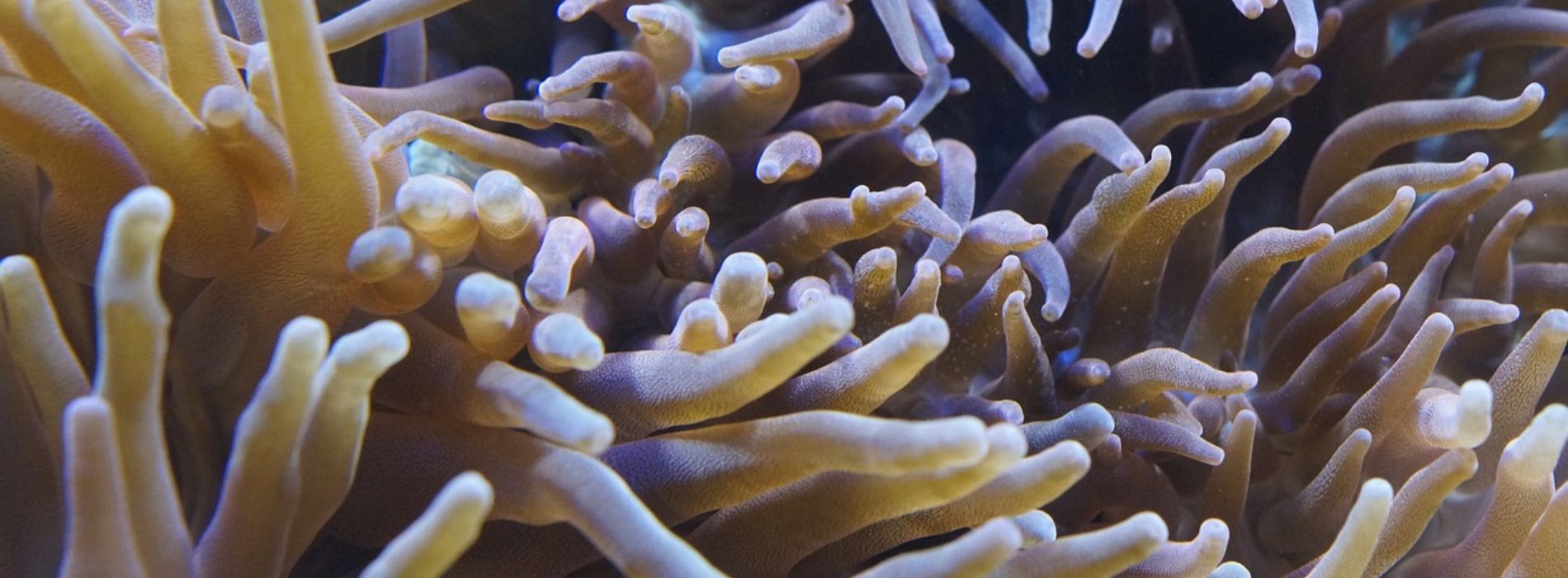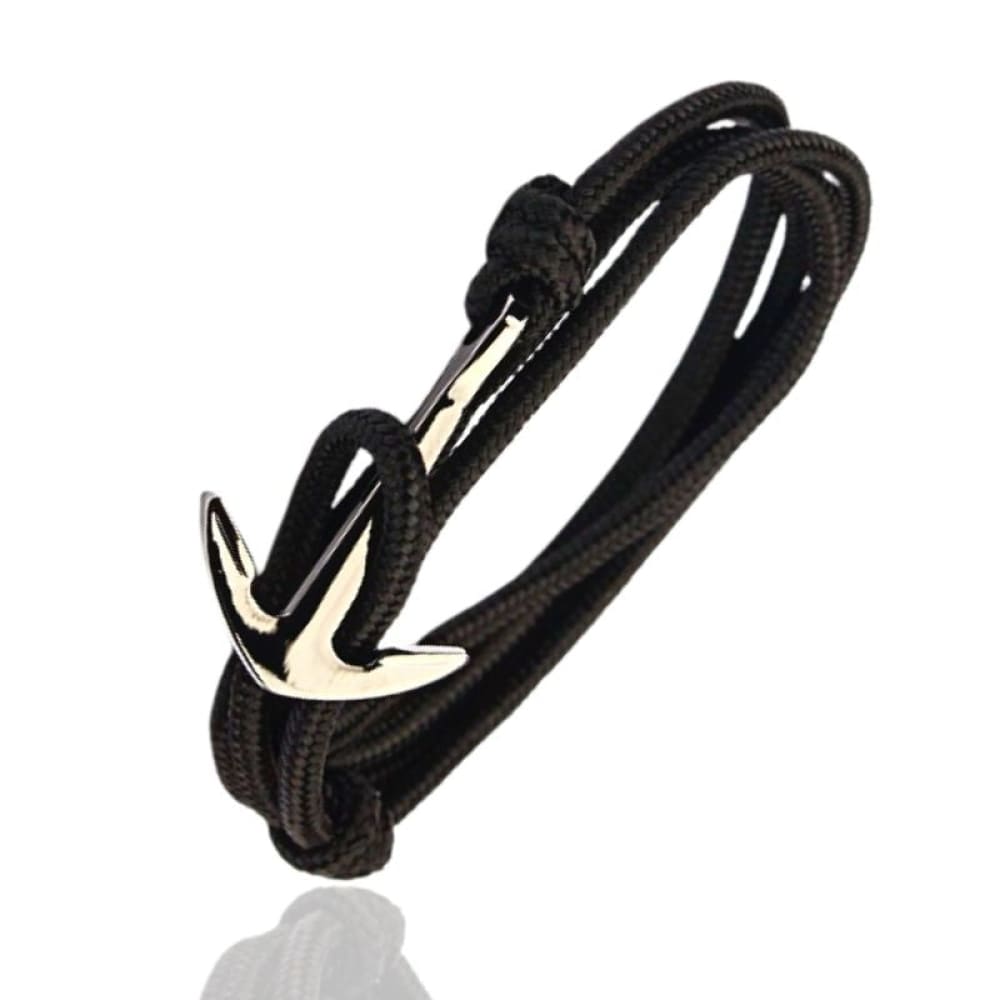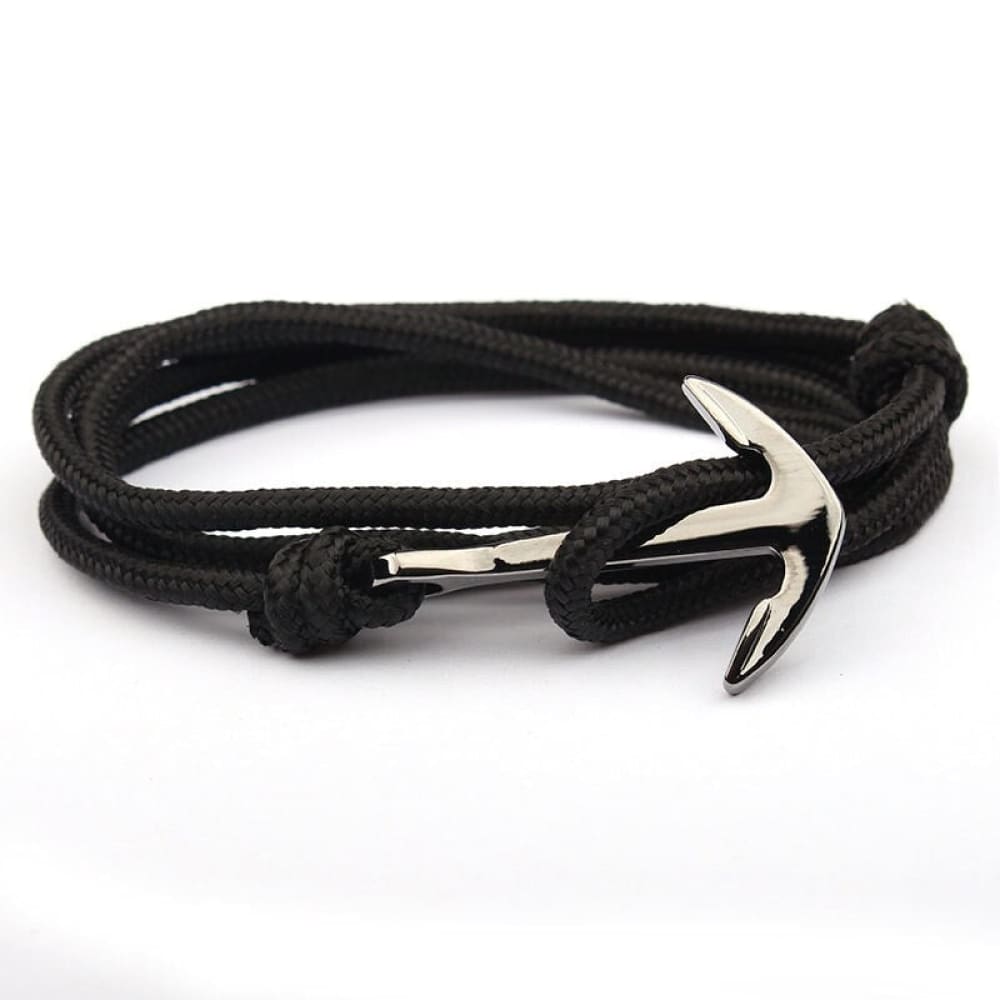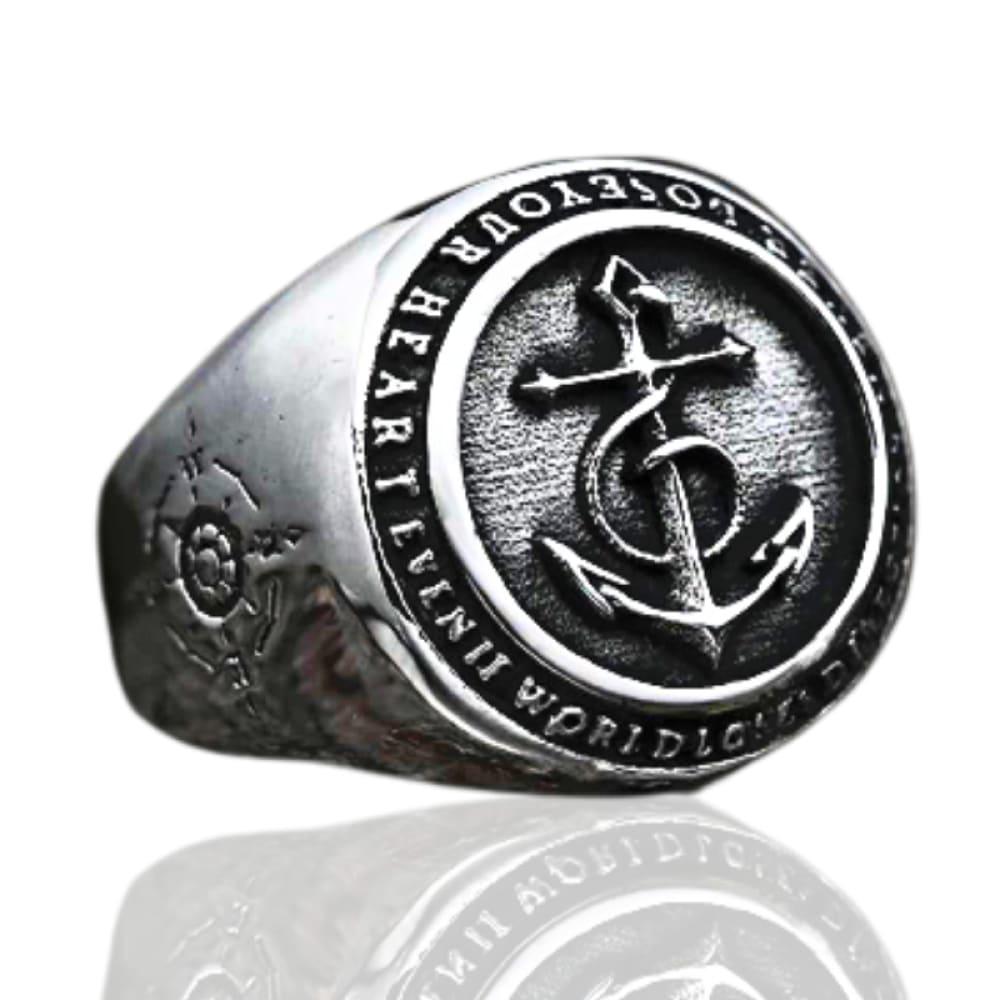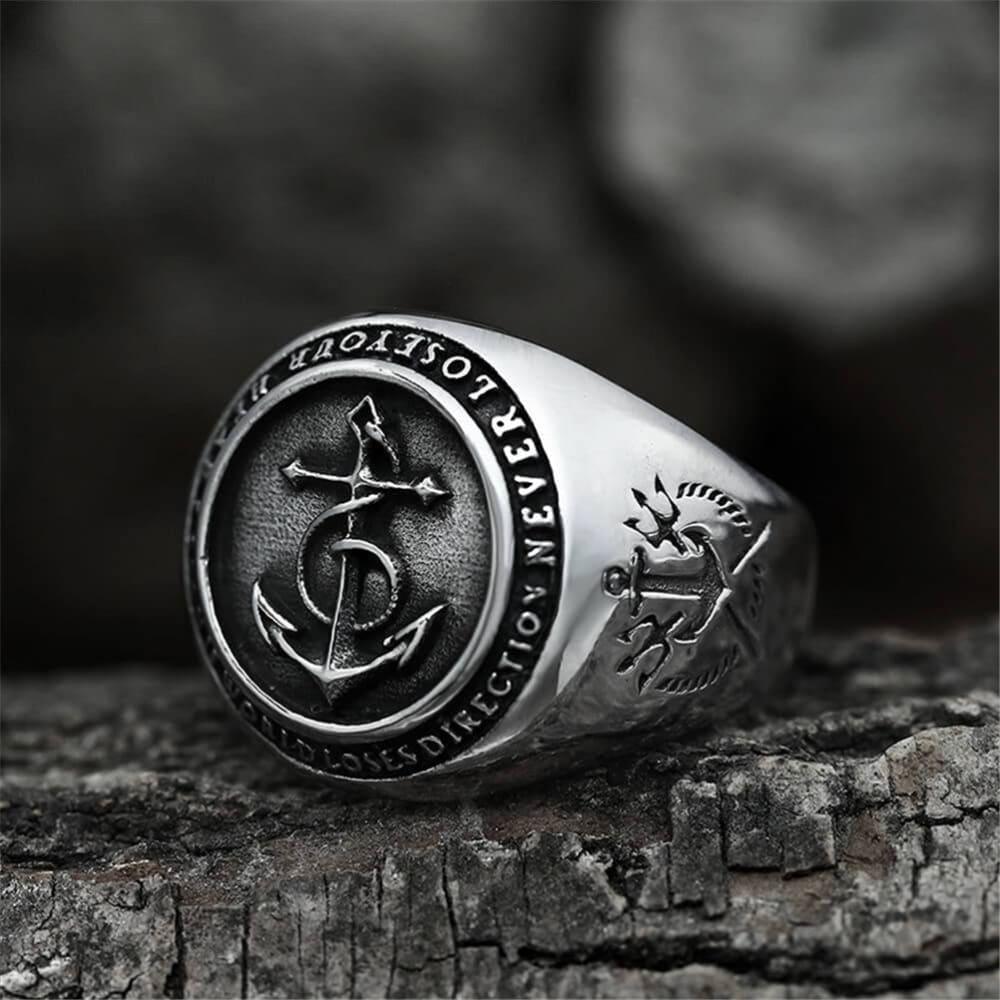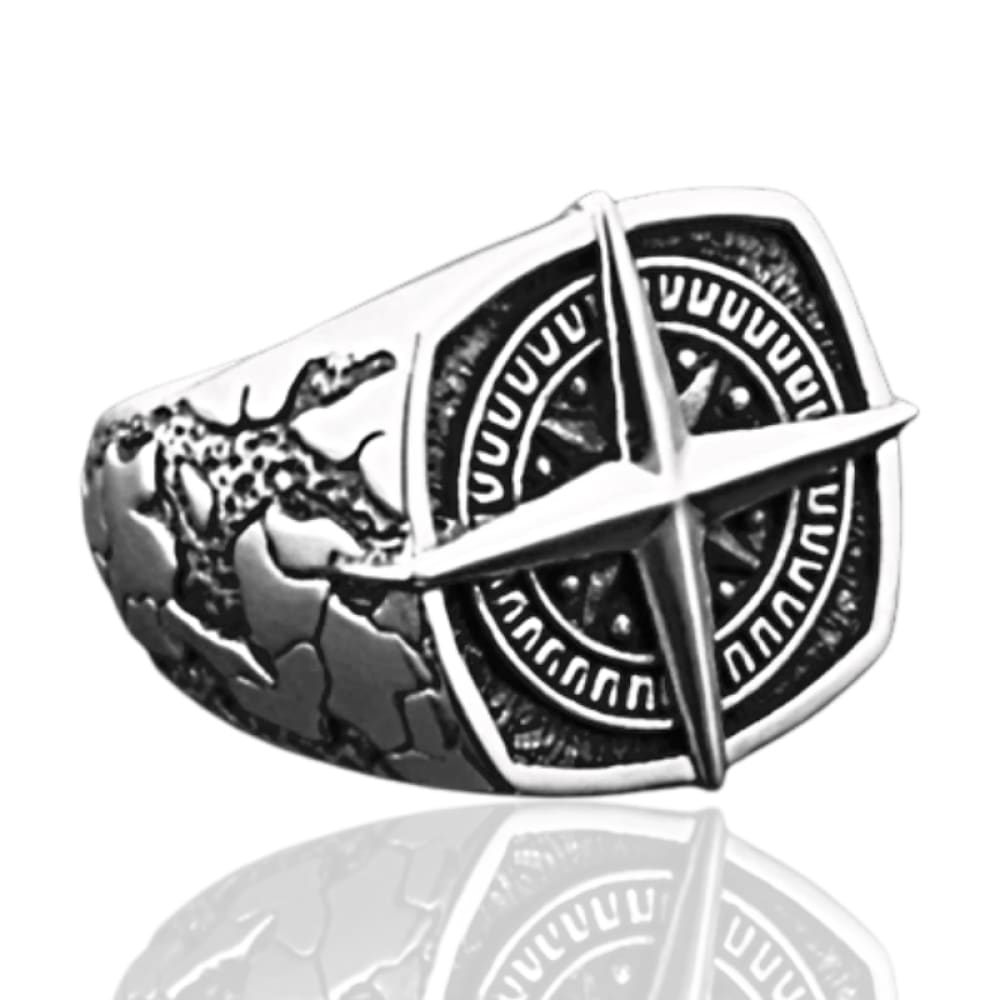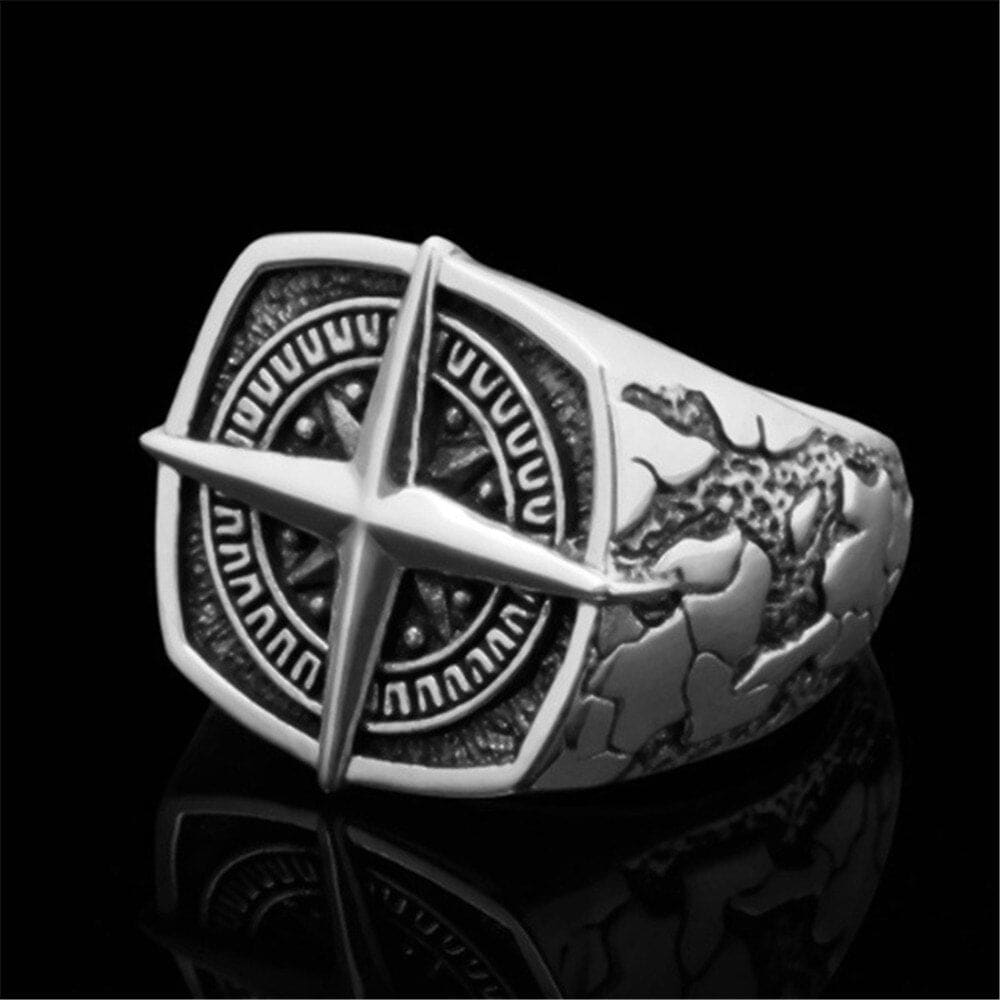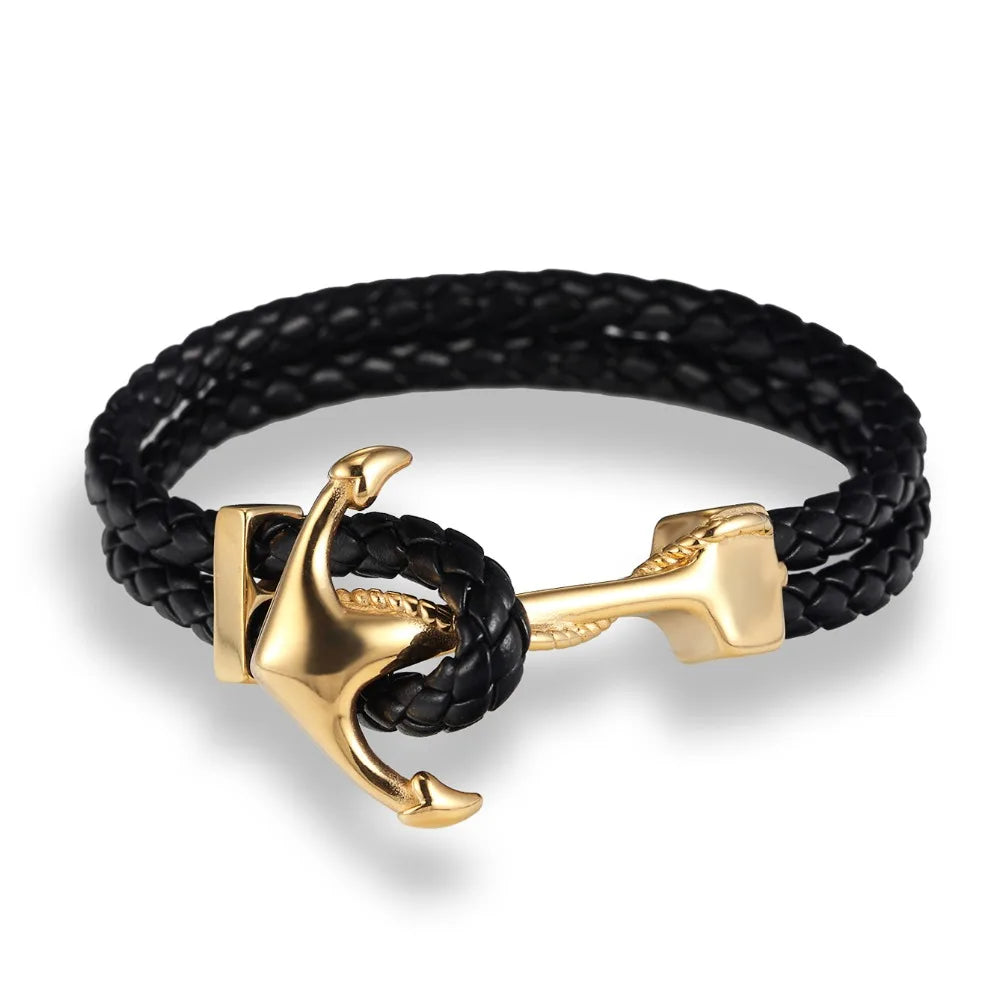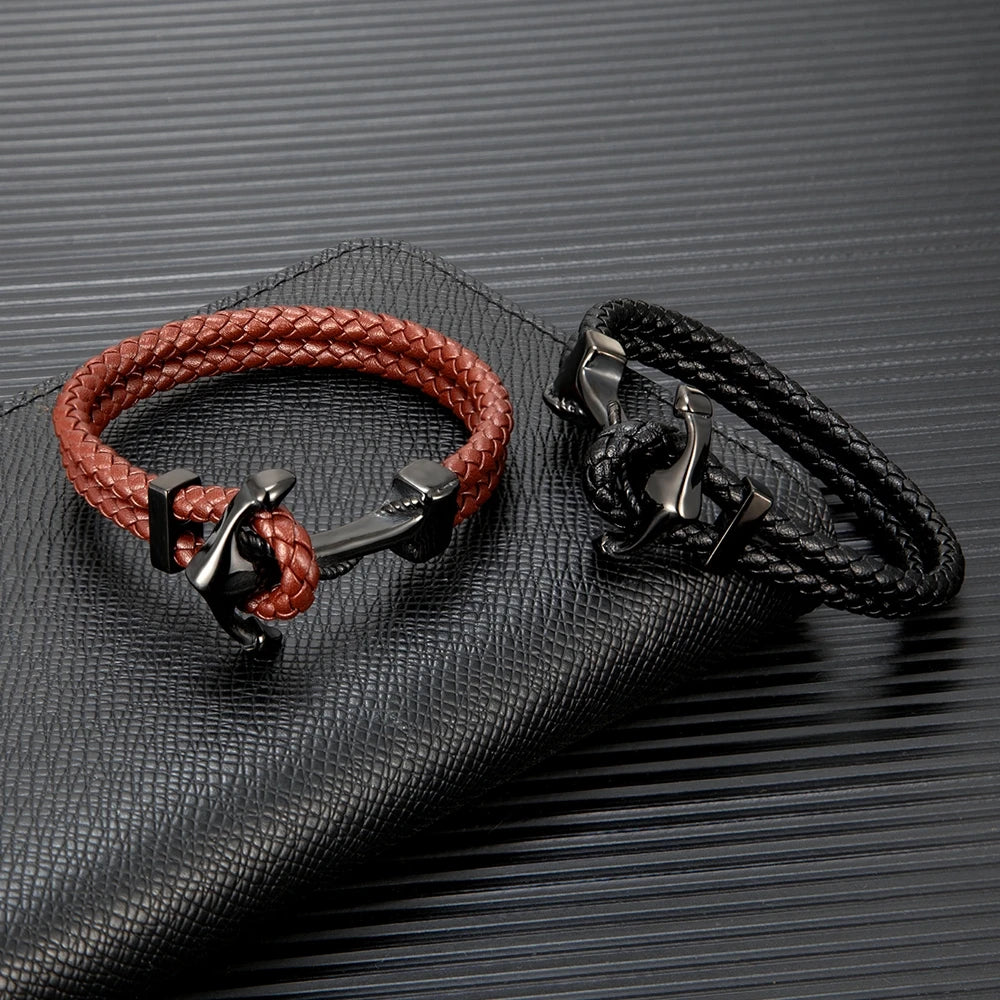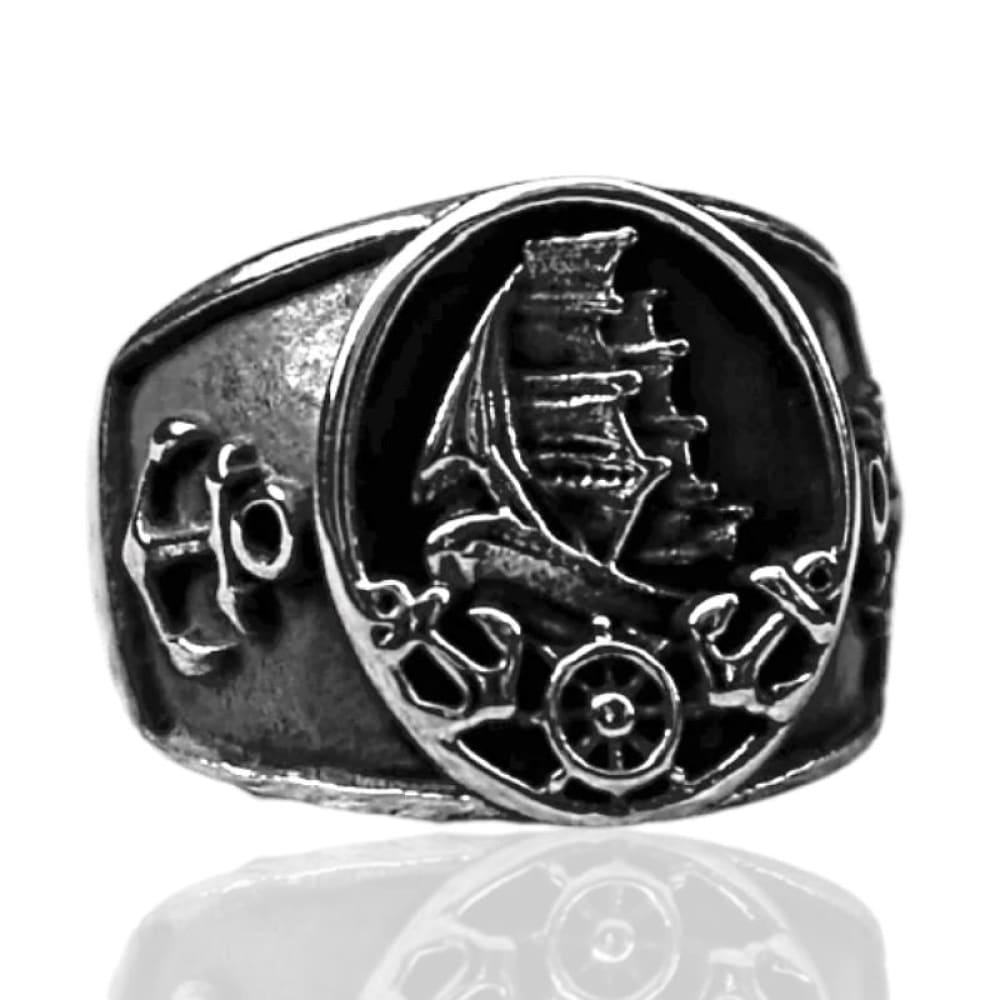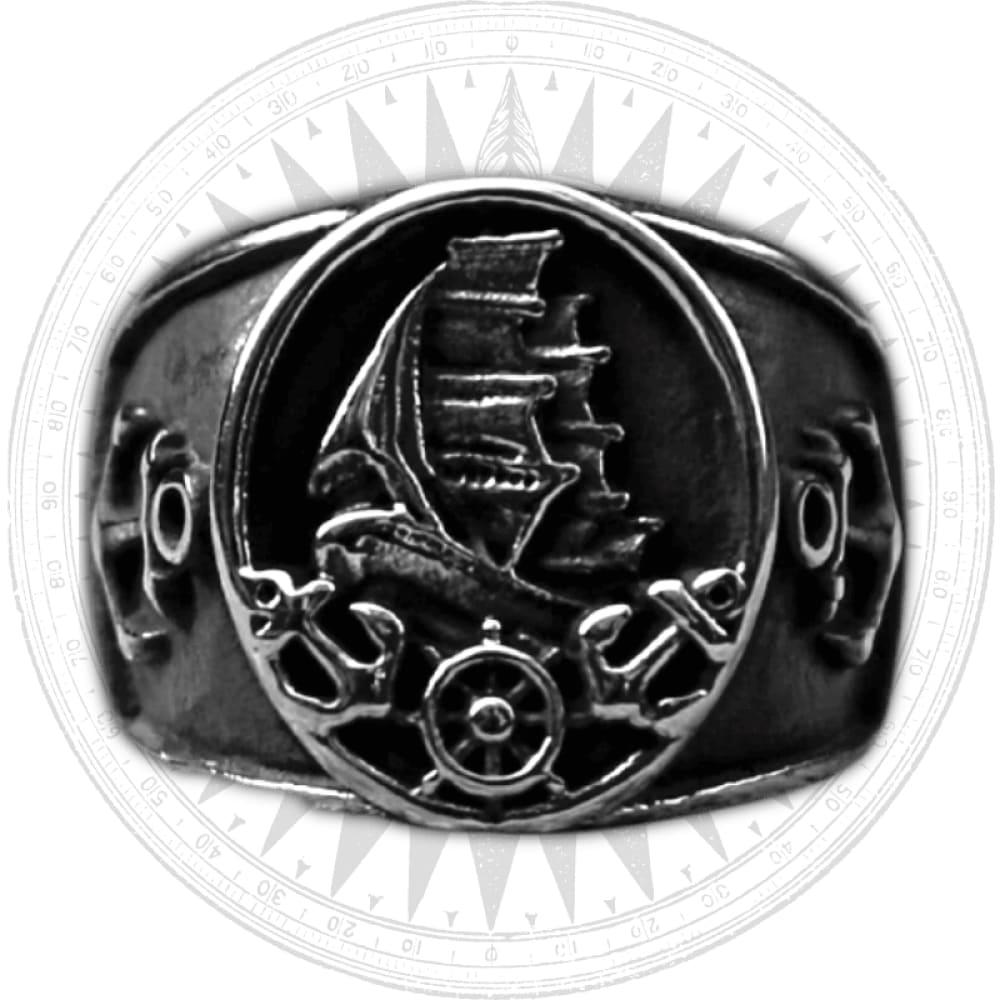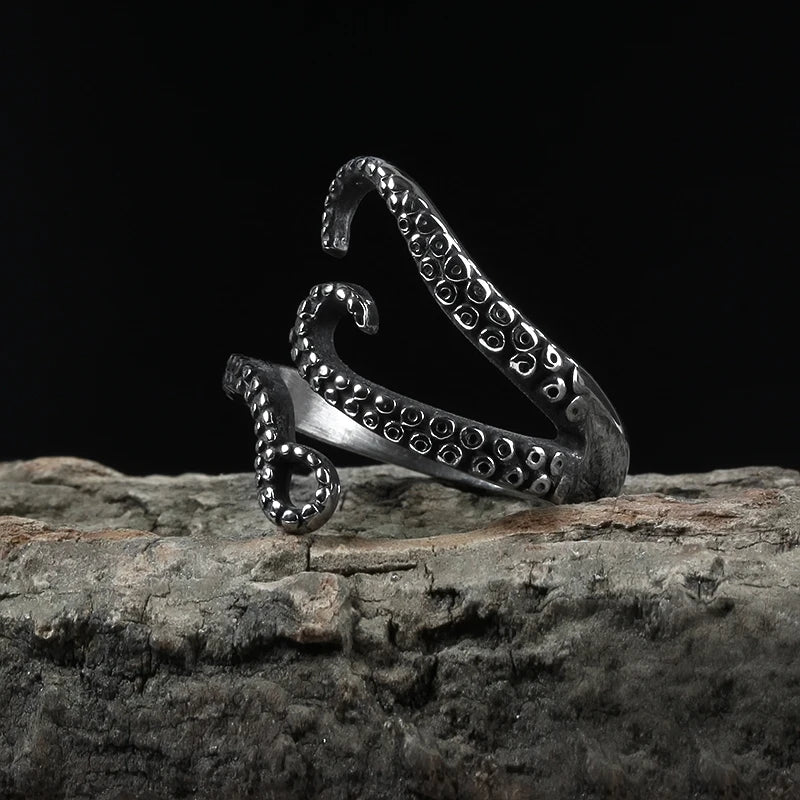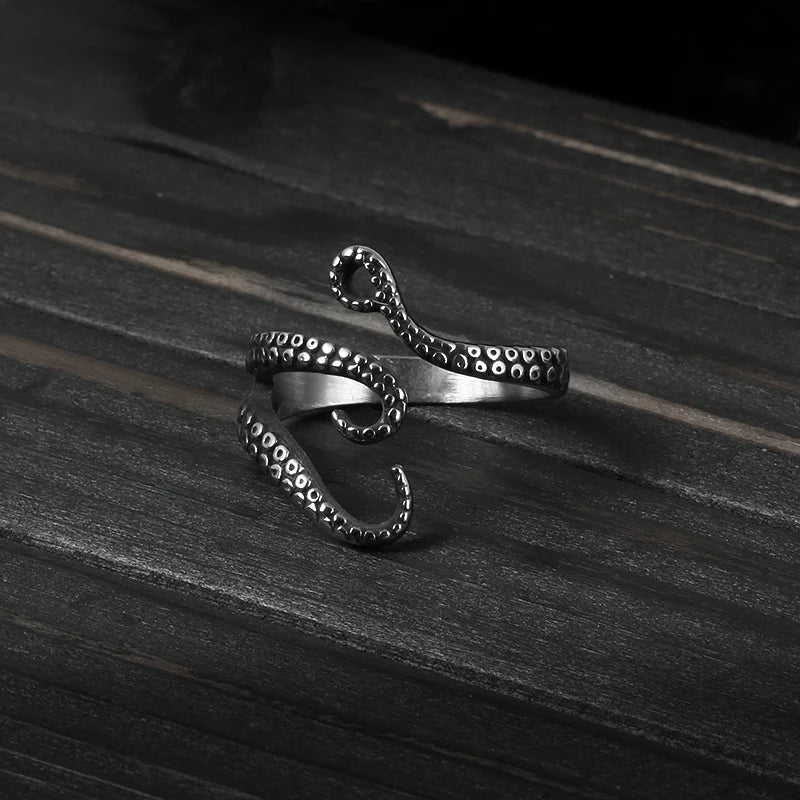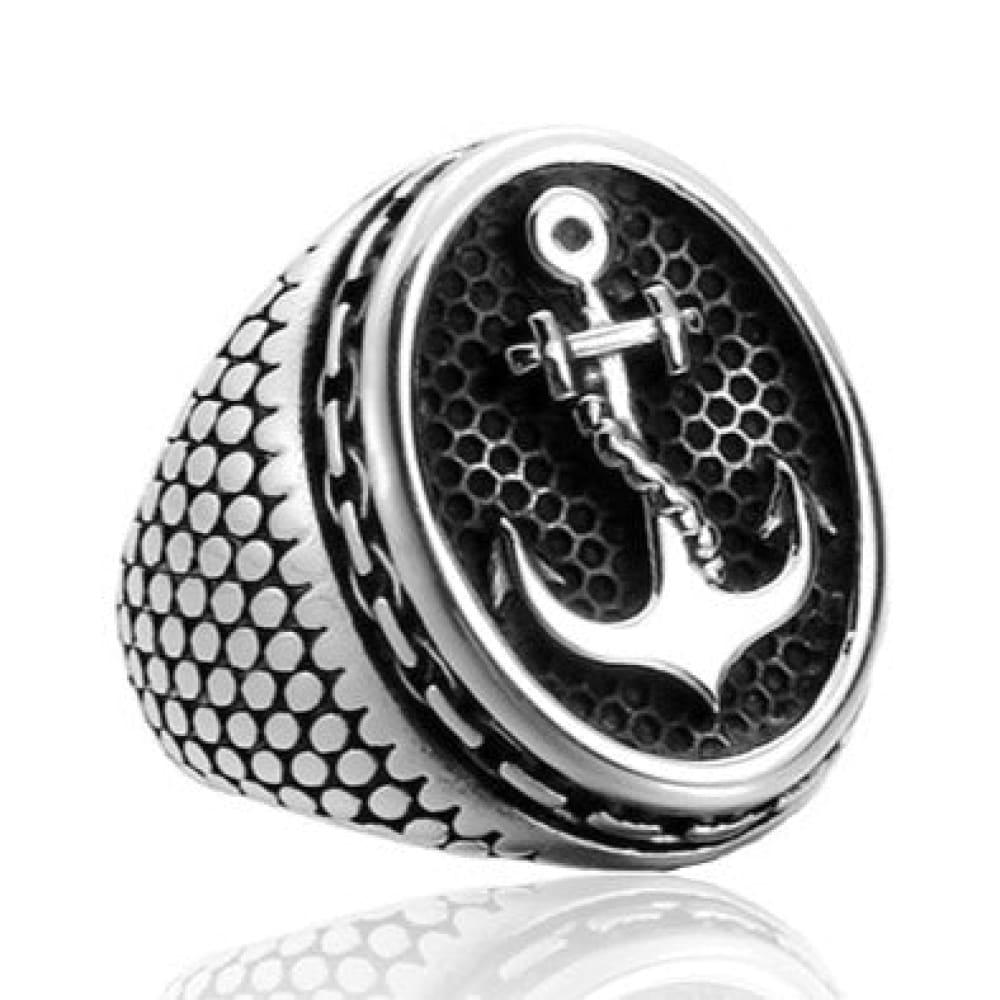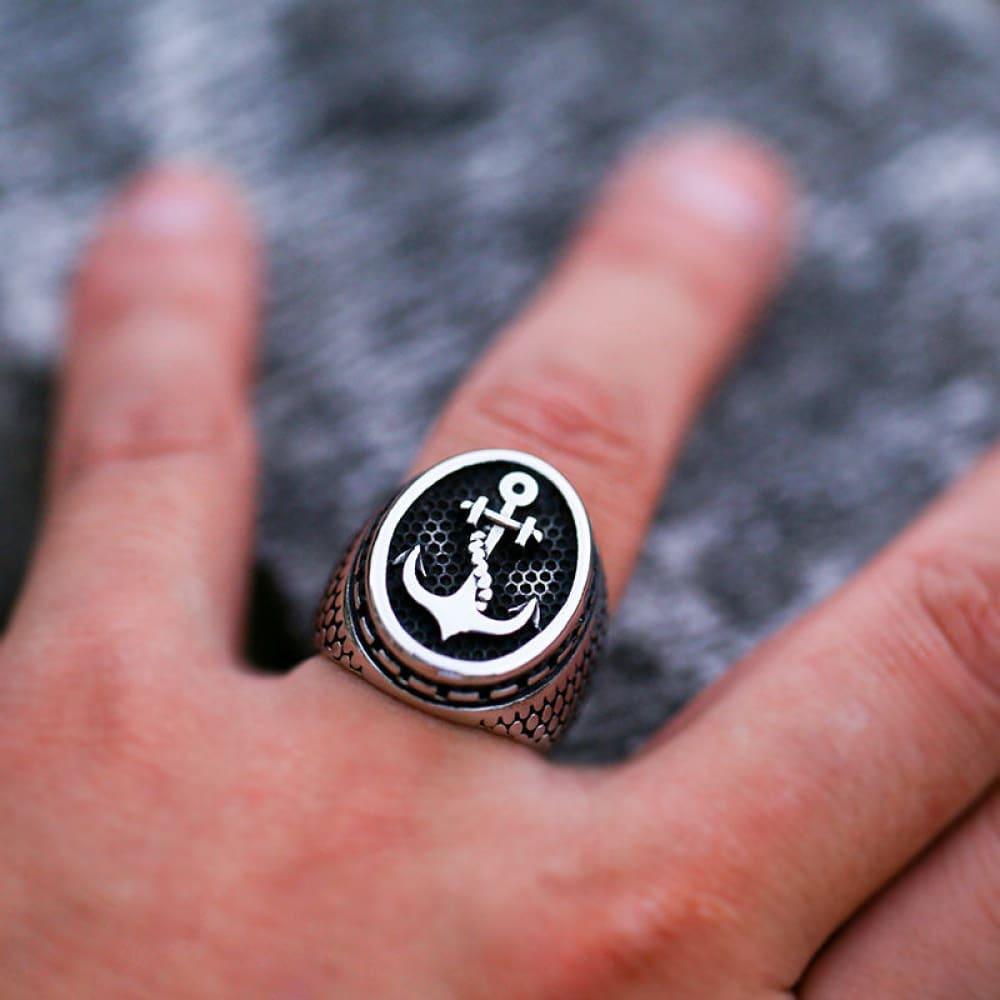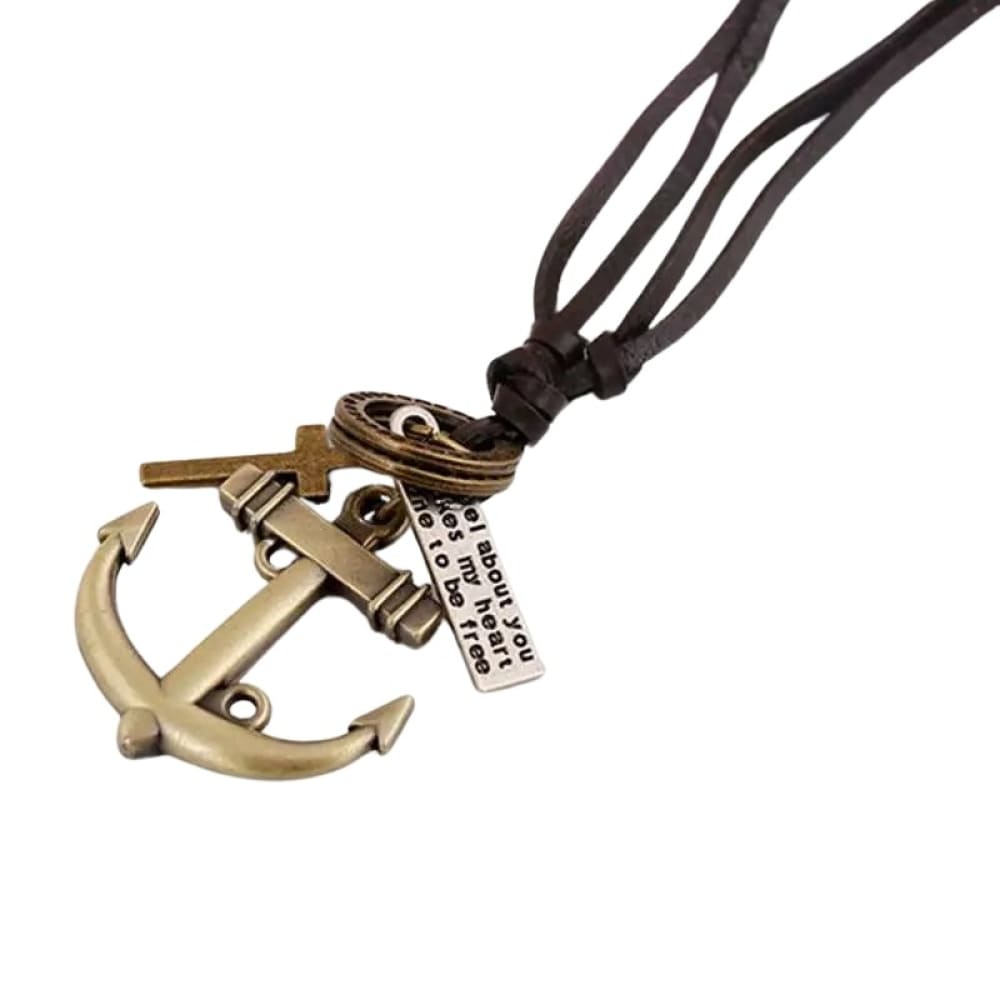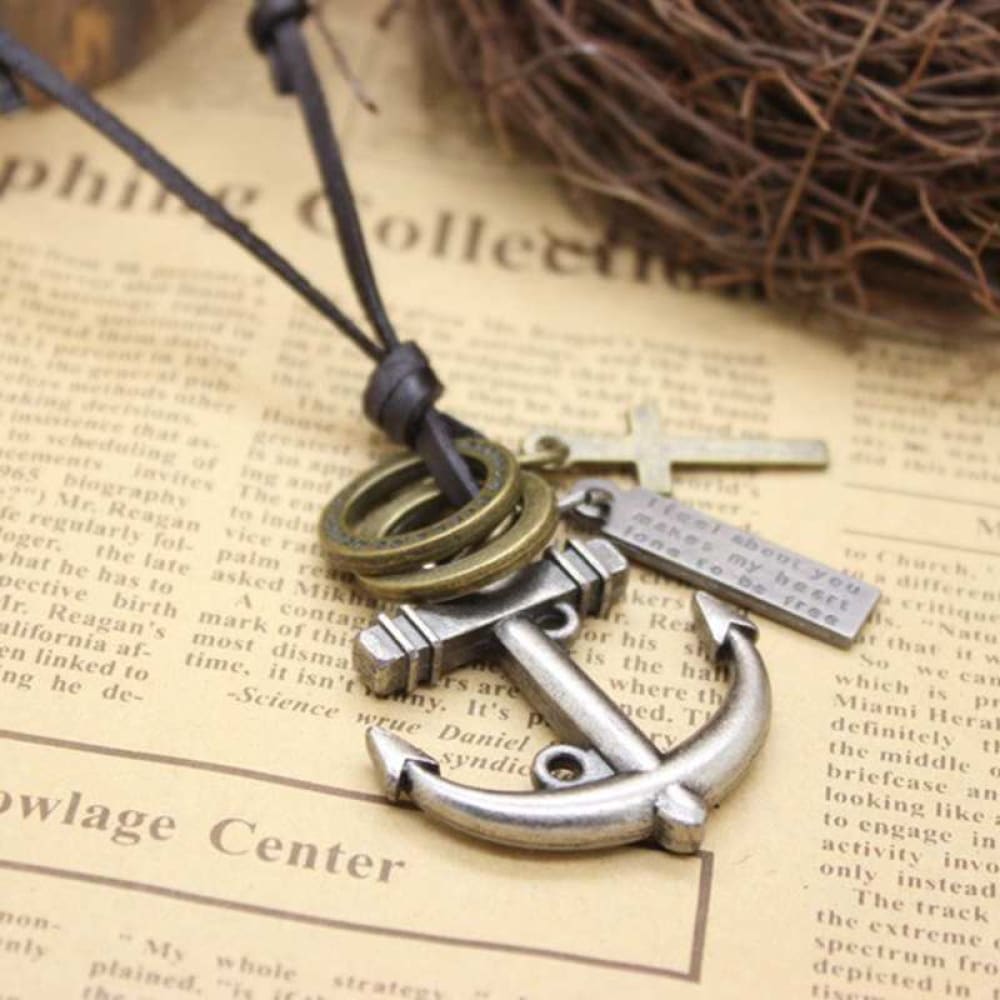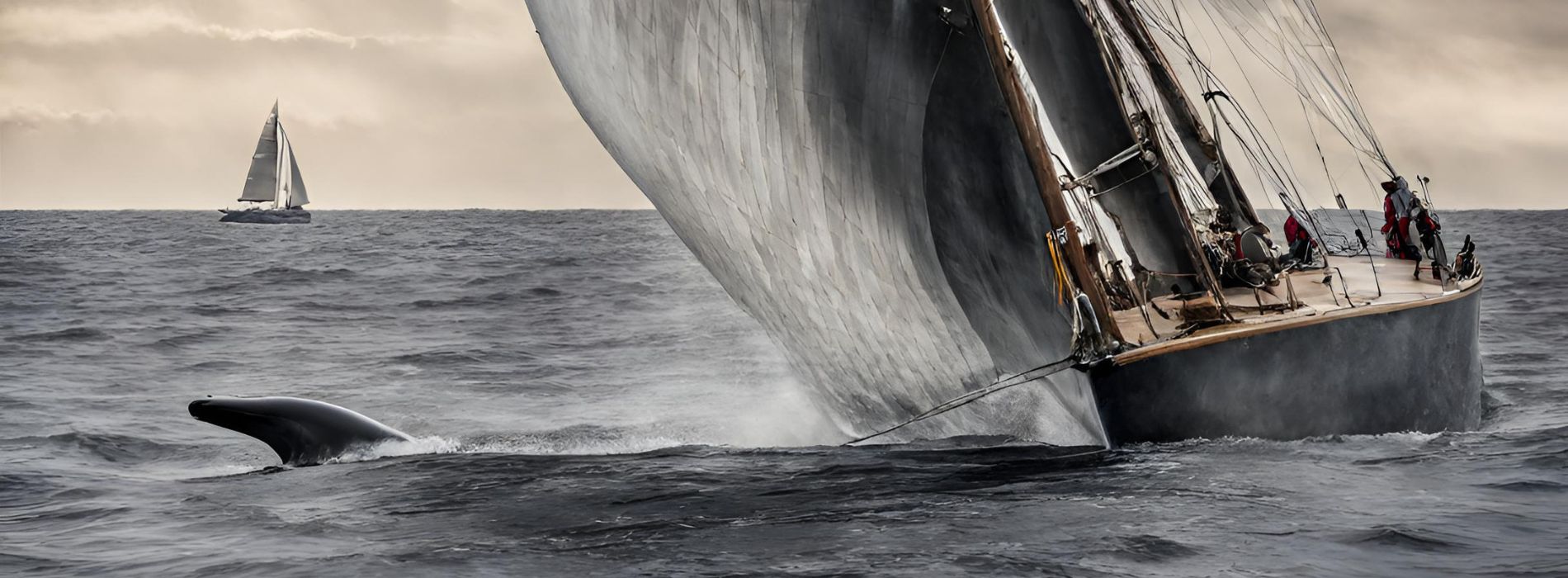Sea anemones are captivating marine invertebrates belonging to the order Actiniaria. Named after the terrestrial flowering plant Anemone, these creatures showcase a stunning array of colors and shapes. As part of the phylum Cnidaria, they are closely related to corals, jellyfish, and Hydra. These creature are known for their symbiotic relationships, venomous tentacles, and unique reproductive strategies. In this article, we will dive into their fascinating world, exploring their anatomy, habitat, feeding habits, reproduction, and more.
Table of Contents
-
Anatomy
- Structure and Adaptations
- Venomous Tentacles
-
Habitat and Distribution
- Global Distribution
- Preferred Habitats
-
Feeding Habits
- Diet and Prey Capture
- Symbiotic Relationships
-
Reproduction
- Sexual Reproduction
- Asexual Reproduction
-
Poisonous Beauties
- Venom and Defensive Mechanisms
- Human Interaction
-
Culinary Delicacy
- Cultural Significance
- Sustainable Harvesting
-
Conservation Efforts
- Threats to Sea Anemones
- Conservation Initiatives
-
Symbolic Meanings
- Beauty and Elegance
- Spiritual Significance
Anatomy

Structure and Adaptations
A typical sea anemone presents a cylindrical body with a columnar trunk and an oral disc at the top. The oral disc is surrounded by one or more whorls of tentacles, which serve various functions such as feeding and defense. These tentacles, armed with cnidocytes, contain stinging nematocysts capable of capturing prey and deterring predators. Sea anemones can retract their tentacles into their body cavity or expand them to catch passing prey. Their ability to retract and expand is facilitated by specialized muscles.
The body of a sea anemone is attached to a surface by a basal or pedal disc, which acts as an adhesive foot. Some species lack a basal disc and have a bulbous lower end, known as the physa, which anchors them in soft sediment. They come in various sizes, with some reaching impressive dimensions. For instance, Urticina columbiana and Stichodactyla mertensii can exceed 1 meter in diameter, while Metridium farcimen can grow up to a meter in length.
Venomous Tentacles

Sea anemones possess venomous tentacles that play a crucial role in capturing prey and defending against predators. The cnidocytes found on their tentacles contain specialized organelles called nematocysts. When triggered, these nematocysts release harpoon-like structures that inject venom into the prey or predator. The venom immobilizes the target, allowing the sea anemone to consume its prey or deter potential threats.
Each nematocyst consists of a venom vesicle, an inner filament, and an external sensory hair. The sensory hair detects mechanical stimuli, causing the nematocyst to explode and discharge venom. The type and potency of the venom vary among different species, with some producing potent toxins that can have paralyzing or lethal effects on their prey.
Habitat and Distribution

Global Distribution
Sea anemones can be found in oceans worldwide, inhabiting both warm and cold waters. They are most commonly found in shallow coastal areas, but some species can be found at great depths. The distribution of these creatures is influenced by factors such as water temperature, salinity, and availability of suitable substrates for attachment.
Preferred Habitats
They exhibit a remarkable adaptability to different habitats. While most species attach themselves to hard surfaces like rocks or coral reefs, some can be found in soft sediment, while others float near the water's surface. They are often found in intertidal zones, tide pools, and rocky reefs, where they can take advantage of the abundant food supply and protection from predators.
Theses sea plants require stable conditions to thrive, including appropriate water quality and sufficient sunlight for their symbiotic relationships with photosynthetic organisms. They are often found in areas with moderate water flow, which helps bring nutrients and oxygen to their tentacles.
Feeding Habits

Diet and Prey Capture
Sea anemones are carnivorous predators that primarily feed on small fish, crustaceans, and other invertebrates. They use their venomous tentacles to capture prey, paralyzing or killing them before ingestion. When a suitable prey item comes into contact with the tentacles, the nematocysts are triggered, and the venom is released. The tentacles then bring the paralyzed prey to the mouth, where it is ingested and digested.
The feeding process of a sea anemone involves the expansion and contraction of its tentacles. When no prey is present, the tentacles are often retracted to conserve energy. However, when prey is detected, the tentacles rapidly expand and ensnare the prey. Some species can even use their tentacles to actively search for food, swaying and sweeping them through the water to capture prey.
Symbiotic Relationships
They are known for their fascinating symbiotic relationships with other organisms. One of the most well-known examples is their association with clownfish. Clownfish seek refuge among their tentacles, benefiting from their protection against predators. In return, clownfish provide the sea anemone with food scraps and nutrients from their waste, as well as protection from polyp-eating organisms.
These creatures also form symbiotic relationships with certain species of shrimp, crabs, and other fish. These partners help keep the sea anemone clean by removing parasites and dead skin. In some cases, the partner organisms receive protection from predators by hiding among the tentacles of the sea anemone.
Reproduction

Sexual Reproduction
Sea anemones have a unique reproductive strategy that involves both sexual and asexual reproduction. In sexual reproduction, they release sperm and eggs into the water column, where fertilization takes place externally. The resulting fertilized eggs develop into planula larvae, which are planktonic and drift with the ocean currents.
After a period of time, the planula larvae settle on the seabed and attach themselves to a suitable substrate. They then undergo metamorphosis, transforming into juvenile polyps. From there, the polyps grow and develop into adult. This process can take several months to several years, depending on the species and environmental conditions.
Asexual Reproduction
They are also capable of asexual reproduction, allowing them to rapidly colonize new areas and increase their population size. One form of asexual reproduction in sea anemones is called longitudinal fission, where the polyp divides into two or more parts along its length. Each part then regenerates the missing structures, giving rise to genetically identical clones.
Another method of asexual reproduction is called pedal laceration. In this process, the basal disc of the sea anemone tears or detaches, resulting in the formation of a new individual. The detached piece can then settle and develop into a new sea anemone. Asexual reproduction allows them to reproduce quickly and efficiently, ensuring their survival in various environments.
Poisonous Beauties

Venom and Defensive Mechanisms
Sea anemones possess a wide range of venomous compounds, making them formidable predators and effective defenders against potential threats. Their venom is primarily used for capturing prey, but it also serves as a potent defense mechanism against predators. It can cause paralysis, tissue damage, and even death in organisms that come into contact with it.
The venom of theses aqua plants is a complex mixture of proteins, peptides, and other bioactive molecules. These compounds target specific receptors in the nervous system of the prey or predator, disrupting normal physiological processes. Some venom components can interfere with ion channels, leading to paralysis, while others can cause cell death or tissue inflammation.
Human Interaction

While they can be dangerous to their prey and predators, they generally pose little threat to humans. Most species have tentacles that are not long enough or strong enough to penetrate human skin. However, some large ones, such as the giant green sea anemone (Anthopleura xanthogrammica), may cause mild irritation or allergic reactions if touched.
It is important to note that some these creatures found in the wild may harbor symbiotic zooxanthellae. These photosynthetic organisms can produce toxins under certain conditions, posing a potential risk to humans if ingested or if their venom comes into contact with mucous membranes or open wounds. It is always advised to observe sea anemones from a safe distance and avoid direct contact.
Culinary Delicacy

Cultural Significance
Sea anemones have a long history of culinary use in certain cultures. In some coastal regions, they are considered a delicacy and are used in various traditional dishes. The taste and texture of them are often described as delicate and slightly sweet, with a slightly crunchy texture.
Sustainable Harvesting
The harvest and consumption of these creature raise important ecological considerations. Overexploitation and unsustainable collection practices can have detrimental effects on sea anemone populations and their associated ecosystems. It is crucial to prioritize sustainable harvesting methods and promote responsible consumption to ensure the long-term survival of these fascinating creatures.
Conservation Efforts

Threats to Sea Anemones
They face various threats to their survival, including habitat degradation, pollution, climate change, and overharvesting. Coastal development and destructive fishing practices can destroy their habitats and disrupt their ecosystems. Pollution from runoff, oil spills, and chemical contaminants can negatively impact their health and reproductive capabilities.
Climate change poses another significant threat to them. Rising sea temperatures, ocean acidification, and changes in ocean currents can disrupt their symbiotic relationships, alter their reproductive patterns, and increase the frequency and severity of disease outbreaks.
Conservation Initiatives
Efforts are underway to protect and conserve sea anemones and their habitats. Marine protected areas, such as marine parks and reserves, aim to safeguard critical habitats and promote sustainable fishing practices. Conservation organizations and research institutions are also conducting studies to better understand them and their ecological roles, providing valuable insights for their conservation.
Symbolic Meanings

Beauty and Elegance
Sea anemones have long been admired for their beauty and elegance. Their vibrant colors and graceful movements inspire awe and fascination. As symbols of beauty and elegance, these creatures serve as a reminder of the wonders of the natural world and our responsibility to protect and preserve it.
Spiritual Significance
They hold symbolic meanings in various cultures and belief systems. They are often associated with tranquility, balance, and adaptability. In some traditions, these animals represent the connection between the physical and spiritual realms, symbolizing the potential for personal growth and transformation.
If you're interested to learn more about sea animal symbolism, visit here !
Our last word...
These sea plants are enchanting marine invertebrates that captivate our imagination with their vibrant colors, venomous tentacles, and intricate relationships with other organisms. From their unique anatomy to their fascinating reproductive strategies, sea anemones showcase the beauty and complexity of the natural world. As we continue to explore and appreciate these mesmerizing creatures, it is crucial to ensure their conservation and protect the delicate ecosystems they call home.
We hope you've liked this article about the beautiful anemone family!
Feel free to subscribe to our private newsletter to receive more exclusive article. You will also receive a 10% bonus discount for our sea world catalogue. You will be notified via email whenever we release a new wonderful jewelry piece of the ocean !
Feel free also to go check out our website, we provide the best sea content and we offer you the best nautical jewelry all around the globe.

